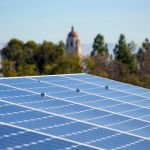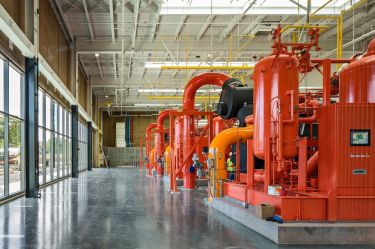Sustaining Earth’s resources is more than a matter of academic interest. It’s ingrained in the way Stanford educates students, conducts research, operates its buildings and supports campus life. The university’s sustainability efforts have garnered national attention. It is one of only two universities to receive a Platinum rating in the National Association for the Advancement of Sustainability in Higher Education’s Sustainability Tracking, Assessment & Rating System (STARS) based on Stanford’s sustainability achievements in operations, academics, engagement, planning and administration, and innovation and leadership.


































